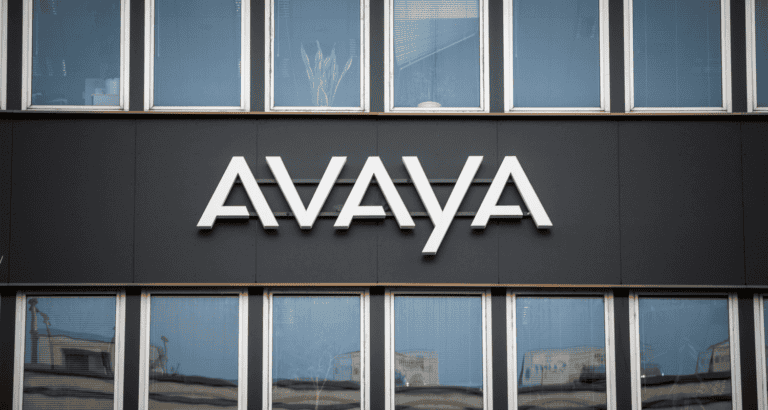Avaya will soon focus exclusively on larger customers with at least 200 seats or more for its AXP cloud-based contact center services.
According to an Avaya announcement to customers and partners, the new focus is part of a planned evolution. The change is necessary for large companies to innovate better and “orchestrate” smooth customer journeys.
Specifically, the new customer strategy means that as of June 30 this year, customers must have a minimum monthly limit of 200 agent seats to use the Avaya Experience Platform (AXP)-cloud-based contact center. However, they can break down this minimum number between AXP Essentials Digital, Essentials Voice and Advanced variants of the cloud-based contact center solution.
For customers who do not reach these 200 seats or do not want to achieve this limit, they can terminate their current subscriptions or switch to soon-to-be-released new cloud-based and on-premises solutions.
Exactly which new solutions will be available is not known for now.
Deletion of functionality
Avaya is also going to remove some functionality from the platform. For example, as of June 30, AXP services will no longer include Avaya Voice Recording (AVR) and will no longer be supported. This means, among other things, that AXP Voice Only and All Media agent bundles with AVR, including attached ACS packages, will no longer be available or renewed as of March 3 this year.
In addition, as of March 1, integration functionality with X within the Social Media Direct Channels feature will be discontinued. Furthermore, as of April 28, the Avaya SIP Trunking cloud service and the Avaya Communications APIs (CPaaS) cloud service will no longer be sold and terminated.
Influence CEO Patrick Dennis
The Register writes that these changes were initiated following the 2024 departure of previous Avaya CEO Alan Masarek. He was succeeded last September by Patrick Dennis. Under his leadership, Avaya focused primarily on the top 1,500 customers. He saw this focus on larger customers as a previously missed opportunity.
In recent months, this new strategy has resulted in two major rounds of layoffs at Avaya. In 2017 and 2023, Avaya avoided bankruptcy twice.
